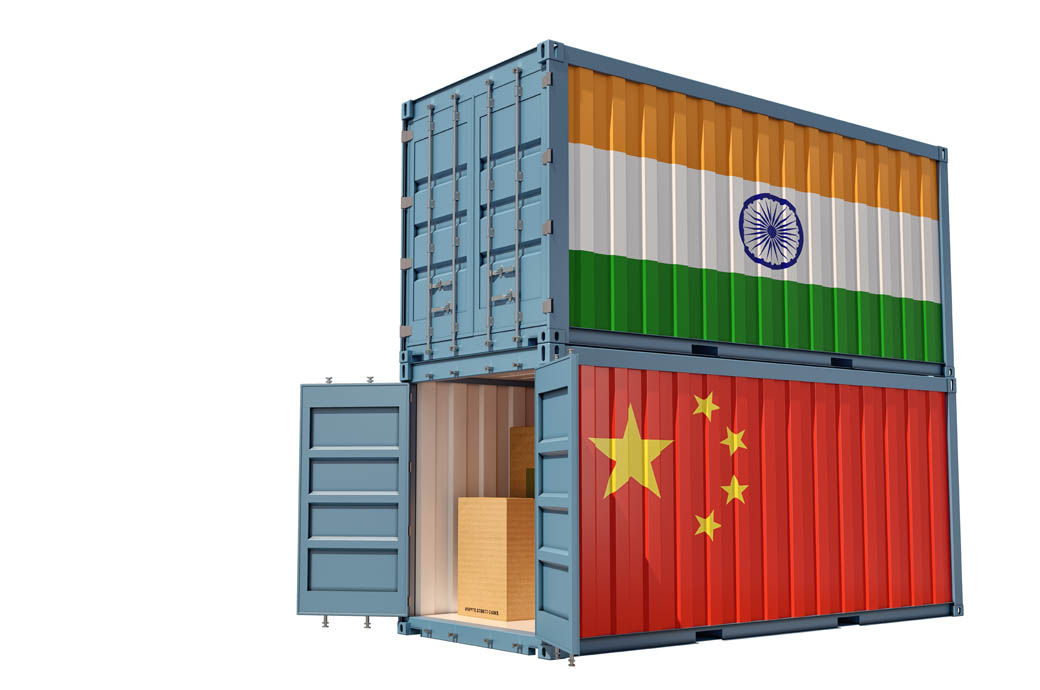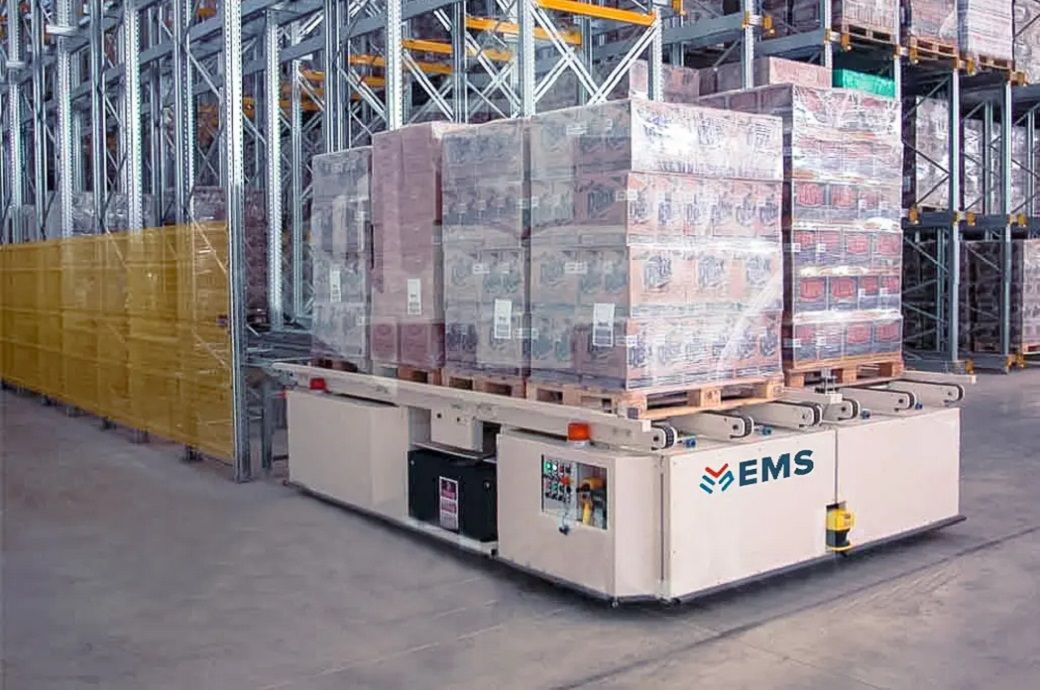The global container market is facing a gamut of problems this year, as it adjusts itself to rates dropping to pre-pandemic levels after the boom years of 2020-2021, according to S&P Global. A risk of over-capacity looms, methanol as a fuel has gained steam amid planned tighter emission regulations in the European Union (EU) and the pace of scrapping of old liners is slow.
The challenges ahead for liner companies are mostly prevalent through deploying capacity in a market with faltering demand from continued macroeconomic pressures, an analysis by David Lademan, Usama Khalid, Laura Robb, Tanya Kalra and Ayush Verma said on the company’s website.
As demand continues to falter and the 2M Alliance–formed in 2015 between the Danish shipping line Maersk and the Swiss-Italian shipping company Mediterranean Shipping Co (MSC) covering Asia-Europe, trans-Pacific and trans-Atlantic trade routes–inches toward its 2025 dissolution, the break-up’s effects on rates, capacity and other alliances will be major market factors for several years, the authors noted.
A significant flurry of new ships is expected to hit the waters this year, which will require more capacity management requirements.
For vessel orders placed so far in 2023, methanol-capable engines have increased to account for 68 per cent of tonnage on the order book, according to Braemar shipbrokers.
Greenhouse gas intensity in the EU is to be cut by 2 per cent from 2025 under FuelEU Maritime regulation, which would affect the usage of the more abundant fossil-fuel methanol and dissuade its usage in the EU.
With nearly 12 per cent of the global fleet having reached its scrapping age, scrapping activity will likely require a significant uptick in the coming months, after liner companies held off in the past due to strong market conditions, including elevated demand and historically high freight rates delaying scrapping and demolition activity, the authors noted.
With the bull phase now over, many players in the market expected demolition activity to pick up pace this year, but so far only 12 ships have been demolished, according to Sea-web. Only five ships were demolished in 2022.
The Ocean Shipping Antitrust Enforcement Act, proposed at the US House of Representatives in March, would eliminate the antitrust exception for maritime carriers if passed.
A glimmer of hope for container demand lies in the attractive nature of box rates at present for traders, the authors noted.
As spot rates on key global container trade lanes stabilize to around pre-pandemic levels, the decontainerisation trend seen through 2020-2022 has now started reversing. Record-high container freight rates during the peak of the coronavirus pandemic saw cargo spilling over from containers to related minor bulk vessels.
Bulk freight rates are seen recovering while box rates are expected to weaken further through 2023, they added.
The global container market’s problems this year include a risk of over-capacity, methanol getting popular as a fuel and the slow pace of scrapping of old liners, S&P Global said. As demand falters and the 2M Alliance inches toward its 2025 dissolution, its effects on rates, capacity and other alliances will be major market factors for several years.


 World News2 years ago
World News2 years ago
 World News2 years ago
World News2 years ago
 World News2 years ago
World News2 years ago
 World News2 years ago
World News2 years ago
 World News2 years ago
World News2 years ago













